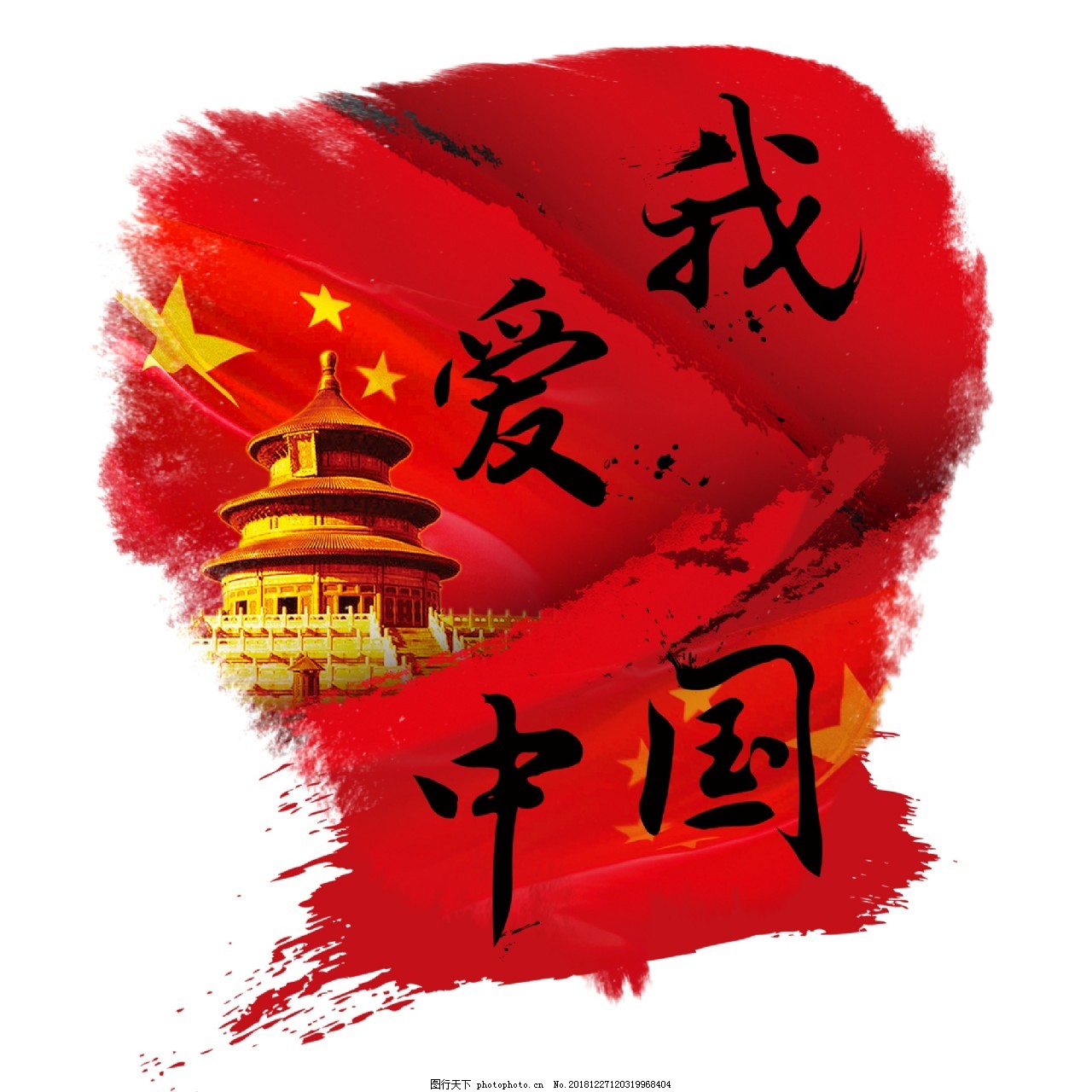Just curious to see who is actively studying Chinese here or speaks Chinese to some level (whether through study, as a native language, or a heritage language). This community seems a bit inactive at the moment so I am wondering about who might be lurking and have an interest even though the posting rate is a bit slow.
Describing your level/experience with Chinese and info about what language variety, writing system and such you are studying/speak is welcome.


I’ve been studying for the past 5 or 6 months, the first four using the Heisig method and learning only hanzi, now I’m taking classes in a virtual course and being exposed to hanzi, pinyin, grammar and phonetics all together. I have to say using the Heisig method seems more effective but well, I’m transitioning to this new stage, hope it works.
I would be up for a call, but I can’t construct more than basic predefined sentences like greetings and such.
The biggest problem with Heisig is that most chinese characters have the sound built in, which makes it way less compatible with Heisig’s no sound at all method than say, Japanese.
I’ve also looked at it before, and it works fine for stuff like 上、下、旧、丸(though that last one is way too american for me to relate to, but it means pill or small ball), but for, say, 订 ding4, remembering that via Heisig is gonna be probably harder than just “言 communication + 丁 ding sound -> 订 schedule, order, set”
What do you mean by having the sound built in?
I mean the idea is that you learn the hanzi and then start working on grammar and phonetics after that, which is kind of how natives learn, since they are first exposed to the grammar and phonetics, and then they have to memorize the hanzi.
See my post: https://lemmygrad.ml/post/204590
But long story short, most characters are like 灌, or 霞, or 请, and are made up of two halves: one half contains the meaning (氵〔水〕、雨、讠〔言〕respectively), and the other half actually tells you how it’s pronounced (although sometimes imperfectly), that being 雚 guan4 for 灌 guan4, 叚 jia3/4 for 霞 xia2, and 青 qing1 for 请 qing3
I will have to take a look then, thanks for the information!